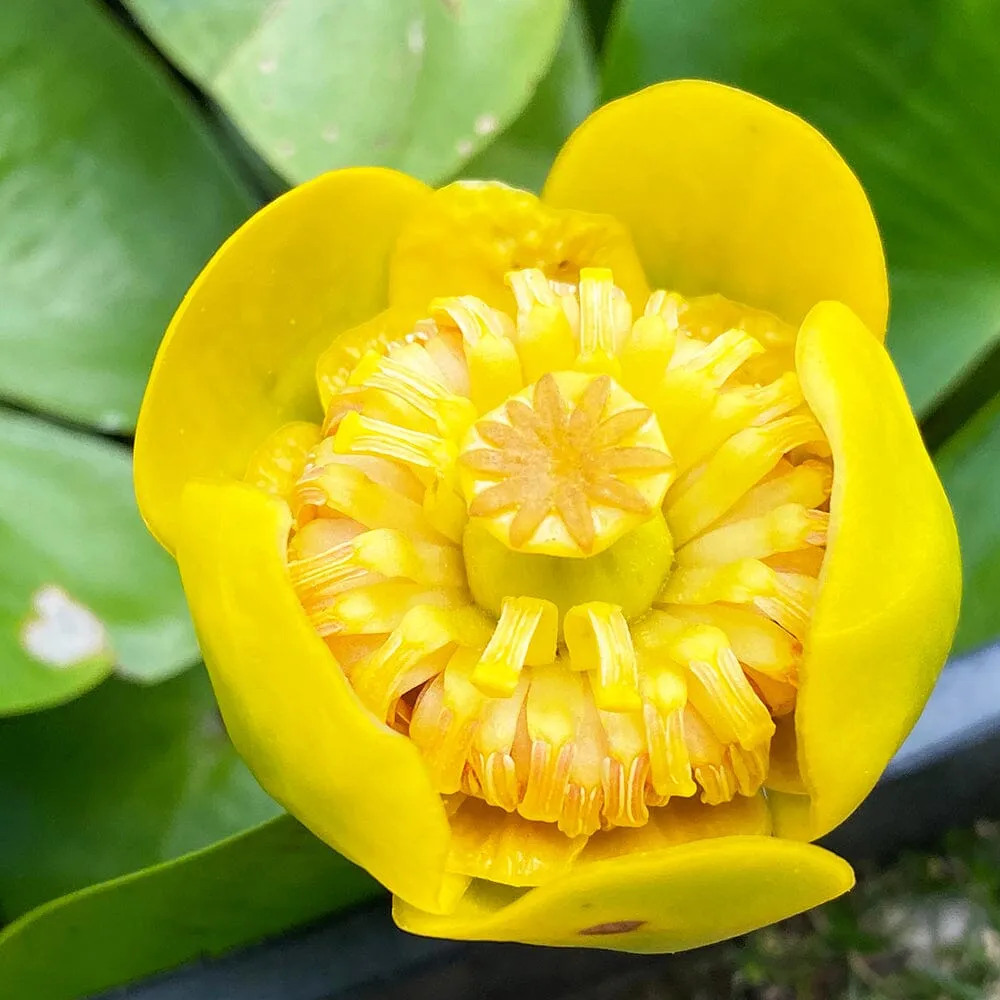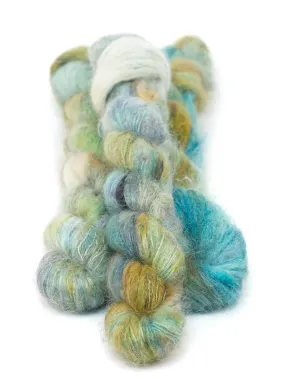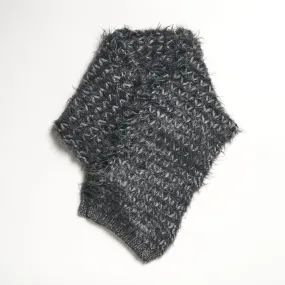Nuphar lutea, commonly known as the Yellow Water Lily or European Water Lily, is a perennial aquatic plant native to Europe, parts of Asia, and North Africa. It is known for its large, vibrant yellow flowers and broad floating leaves. Here's a detailed description and care guide for Nuphar lutea:
Description:
Nuphar lutea is a robust aquatic plant that grows from a rhizomatous rootstock. It features large, round to oval-shaped floating leaves that can reach up to 12 inches (30 cm) in diameter. The leaves have a glossy green color with a distinct V-shaped notch at the base. The plant also produces bright yellow, cup-shaped flowers with numerous petals and a sweet fragrance. The flowers emerge on thick, sturdy stalks above the water's surface.
Care Guide:
Lighting: Nuphar lutea thrives in full sun to partial shade. It requires a minimum of 4 to 6 hours of direct sunlight each day to promote healthy growth and flowering. In outdoor ponds, ensure it is not shaded by other plants or structures.
Water Temperature: This water lily prefers water temperatures between 65°F and 80°F (18°C - 27°C). It can tolerate a range of temperatures but may show reduced growth or flowering in extreme conditions.
Water Depth: Nuphar lutea requires a water depth of at least 12 to 24 inches (30 to 60 cm) to accommodate its large leaves and allow for proper root development. In deeper ponds, the plant may require a planting container or pot to maintain the appropriate depth.
Water Quality: Maintain good water quality by regularly monitoring the pH, ammonia, nitrate, and phosphate levels. Nuphar lutea prefers slightly acidic to neutral water conditions with a pH range of 6.5 to 7.5. Adequate filtration and regular water changes are necessary to keep the water clean and prevent the accumulation of toxins.
Planting: When planting Nuphar lutea, choose a planting container or pond basket that is at least 12 to 18 inches (30 to 45 cm) wide. Fill the container with aquatic planting media or a mixture of loam and clay. Plant the rhizome horizontally, ensuring that the growing tip faces upwards. Cover the rhizome with a layer of substrate, leaving the growing tip and crown exposed.
Fertilization: Nuphar lutea benefits from regular fertilization to support healthy growth and blooming. You can use specialized aquatic plant fertilizers in tablet or granule form. Follow the instructions on the fertilizer packaging for the appropriate dosage and frequency. Avoid over-fertilizing, as it can lead to excessive algae growth.
Pruning: Regular pruning is necessary to maintain the health and appearance of Nuphar lutea. Remove any yellow or decaying leaves and trim back overgrown foliage to allow sunlight to reach the lower leaves. Pruning also helps to prevent overcrowding in the pond and maintain an open water surface.
Propagation: Nuphar lutea can be propagated through division or from seeds. Division is typically the easier method. During spring or early summer, carefully divide the rhizome into sections, making sure each division has several healthy growing tips. Plant each division in a separate container or pond basket.
Winter Care: In colder regions, Nuphar lutea goes dormant during winter. Reduce watering and place the plant in the deepest part of the pond where the water is least likely to freeze completely. If necessary, you can also move potted plants to a frost-free location or protect them with insulation.
By following these care guidelines, you can enjoy the vibrant beauty of Nuphar lutea in your water garden or pond. Adjust the care routine based on your specific conditions and monitor the plant closely for any signs of stress or nutrient deficiencies.















